
Oxycontin OP is an opiate (narcotic) analgesic. Opiate analgesics change how the brain and the central nervous system respond to pain. These chemical changes block a person from feeling pain precisely as they did. This blog post describes all the information about Oxycontin Op, like dosage, work types of this medication, and drug interactions.
What Is OxyContin OP Used For?
OxyContin OP can reduce moderate to severe acute pain. It is most beneficial for spontaneous blasts of hitting pain, also known as paroxysmal pain.
Your doctor often prescribes OxyContin OP for the following health conditions:
- Steady pain
- Allodynia, or clinically sensitive pain response
- Chronic pain
- Cancer-related pain
- Paroxysmal pain
How To Take OxyContin OP?
OxyContin is available in the following forms:
- Liquid
- Concentrated solution
- Tablet
- Capsule
People generally take all forms of OxyContin OP orally, meaning by mouth. A medical expert will advise a person on what dose of this drug to take and how often. It is essential to follow a healthcare professional’s instructions carefully. They will determine the correct amount of OxyContin OP for you to take, and you must not surpass this or take the drug more often than stated on their prescription.
Depending on why they consume it, a person can use OxyContin OP for short-term or long-term pain relief. Again, it is essential to only take OxyContin for as long as the doctor prescribes.
The extended-release capsules and tablet form of OxyContin OP release the medication over a longer period of time than other types. If someone experiences nausea, it may help to take OxyContin OP with food.
Dosage Information

OxyContin OP is easily available as a pill, capsule, and oral solution. The immediate-release tablets are available in 5mg, 10 mg, 15 mg, 20 mg, and OxyContin 30 mg, while capsules are OxyContin 5mg strength.
The oral solution is available in 5 mg/5 mL strength, and the oral concentrate is available in 100 mg/5 mL strength. Extended-release tablets are available in OxyContin 10 mg, 15, 20, 30, 60, and OxyContin 80 mg strengths.
Usual Adult Dosage
Acute Pain: The usual recommended doses of OxyContin are in the 5 to 15 mg range, every 4 to 6 hours, as required for adequate analgesia of acute pain. Further dosing should be titrated upwards for pain control, with attention to and monitoring for potential side effects.
Chronic Pain: It is recommended to titrate the dosage slowly upward, starting at the lowest possible dose for analgesia (2.5 to 10 mg every four to six hours) for you with chronic pain. However, the medication should be taken at regularly scheduled intervals for regular pain management to prevent the reoccurrence of pain instead of treating it after it has started.
Usual Pediatric Dosing
Acute Pain: The initial recommended doses of OxyContin OP are 0.05 to 0.15 mg every 4 to 6 hours as needed for adequate analgesia of acute pain.
Chronic Pain: It is recommended to titrate the dosage slowly upward, starting at the lowest possible dose for analgesia in patients with chronic pain.
Overdose
OxyContin OP can cause an overdose if you take this medication too much. Untreated, this may be life-threatening.
Symptoms of an OxyContin OP overdose can include:
- Breathing problems
- Pupils becoming narrow or wide
- Muscle weakness
- Skin that feels cold or clammy
- Losing consciousnessIf you notice any symptoms of this drug overdose, it is essential to get to the medical emergency room.
What To Know Before Taking OxyContin OP?
If a person is taking other medications, they should consult their medical expert about how these may interact with OxyContin OP. This medicine can be addictive. Consult with your doctor before using OxyContin OP if you with an alcohol or substance use disorder.
You should also talk to your healthcare professional if you have a record of drug addiction. A family history of these conditions may make you more likely to become addicted to OxyContin OP.
OxyContin OP And Addiction
OxyContin OP raises the level of Dopamine in a person’s brain. It is a brain chemical, or neurotransmitter, that controls the feeling of pleasure. Taking drugs that increase Dopamine may induce a person to undergo a high, which people sometimes call euphoria. Medicine that affects brain chemistry in this way can direct addiction.
A person may become addicted to OxyContin OP without intentionally misusing it. Taking this medication for a long time can improve a person’s tolerance to it. It means that they may require higher doses of it to continue undergoing its pain-relieving benefits.
Over time, taking OxyContin OP can change a person’s brain chemistry. It means that they require help to come off the medicine. If you develop an addiction to this medication, you may undergo withdrawal symptoms when you stop taking it. For this reason, it is crucial not to take this drug for longer than your healthcare professional prescribes.
Please consult your doctor if you have developed an addiction to this drug since your doctor can help you access the treatment required to manage addiction. Other Risk Of OxyContin OP That Should Be Essential To Know
You can speak with your doctor about the following risks before taking OxyContin OP:
- Older People – Older people may have a higher risk of side effects from OxyContin OP. This is because their kidney work may be reduced, which causes it more difficult for their bodies to process the drug.
- Children – OxyContin OP may not be safe for children. They should only ever take this medication if their doctor decides this treatment is right for them.
- During Pregnancy and Breastfeeding – It is not always safe to take OxyContin OP when pregnant or breastfeeding. This drug can pass to the baby through breast milk.
Avoid taking this medication and discuss it with your doctor if you have ever had the following health conditions:
- Allergies – If you are allergic to this medicine, you should not retake it.
- Breathing Problems – OxyContin OP can slow a person’s breathing, which can be difficult for people with conditions that affect their breathing.
- Stomach Problems – The stomach is an organ between your esophagus and the small intestine. Most people have a problem with their stomachs at once, or additional indigestion and heartburn are usual problems. But OxyContin OP may make stomach problems more harmful because it affects how food moves through the gut.
- Kidney or Liver Problems – If you have kidney or liver problems, your body may be unable to process OxyContin OP effectively. It can lead to the drug producing itself in the blood and causing problems.
- Urinary Problems – OxyContin OP may make conditions that cause trouble with urination worse.
Drug Interaction
Before starting OxyContin OP, you should discuss any other medication you are taking with your doctor. Your doctor can explain any potential drug interactions. However, according to medical experts, some medicines may interact with this medication, including certain pain medications (mixed opioid agonists/antagonists such as butorphanol, nalbuphine, and pentazocine) and naltrexone.
What Is The Process Of Buying OxyContin Online Legally?
You can legally buy OxyContin online from our online pharmacy after your doctor prescribes it. Since it is an FDA-approved medication; therefore, it is illegal to sell or purchase this medication in the United States without a prescription. So we require your doctor’s prescription label while purchasing this medicine from our website.
We follow all rules and regulations of the United States Law for selling medication in the country.
Written by admin
Coupon Code
Use Coupon CodeSALE10
Check Details On Payment Page
Products Categories
-
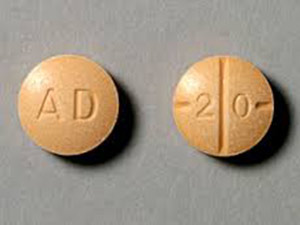 Buy Adderall Online
Buy Adderall Online -
 Buy Adipex Online
Buy Adipex Online -
 Buy Alprazolam Online
Buy Alprazolam Online -
 Buy Ambien Online
Buy Ambien Online -
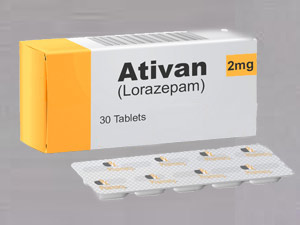 Buy Ativan online
Buy Ativan online -
 Buy Carisoprodol Online
Buy Carisoprodol Online -
 Buy Clonazepam Online
Buy Clonazepam Online -
 Buy Codeine Online
Buy Codeine Online -
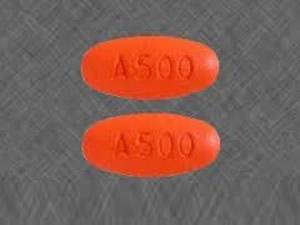 Buy Darvocet Online
Buy Darvocet Online -
 Buy Demerol Online
Buy Demerol Online -
 Buy Diazepam Online
Buy Diazepam Online -
 Buy Dilaudid Online
Buy Dilaudid Online -
 Buy Fioricet online
Buy Fioricet online -
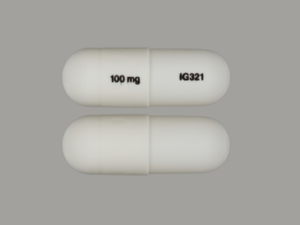 Buy Gabapentin Online
Buy Gabapentin Online -
 Buy Hydrocodone Online
Buy Hydrocodone Online -
 Buy Hydromorphone Online
Buy Hydromorphone Online -
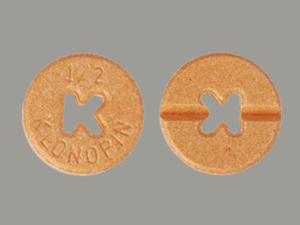 Buy Klonopin Online
Buy Klonopin Online -
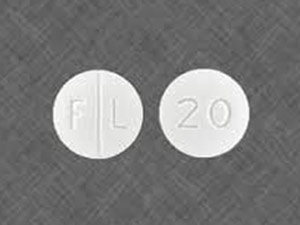 Buy Lexapro Online
Buy Lexapro Online -
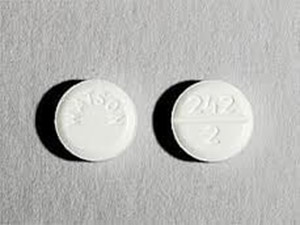 Buy Lorazepam Online
Buy Lorazepam Online -
 Buy Lorcet Online
Buy Lorcet Online -
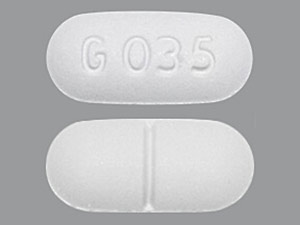 Buy Lortab Online
Buy Lortab Online -
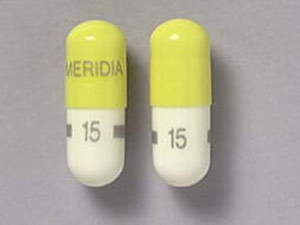 Buy Meridia Online
Buy Meridia Online -
 Buy Methadone Online
Buy Methadone Online -
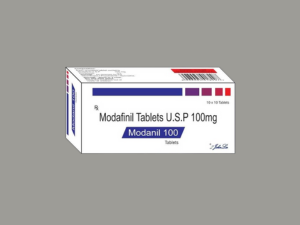 Buy Modafinil Online
Buy Modafinil Online -
 Buy Norco Online
Buy Norco Online -
 Buy Opana ER Online
Buy Opana ER Online -
 Buy Oxycodone Online
Buy Oxycodone Online -
 Buy Oxycontin Online
Buy Oxycontin Online -
 Buy Percocet Online
Buy Percocet Online -
 Buy Phentermine Online
Buy Phentermine Online -
 Buy Roxicodone Online
Buy Roxicodone Online -
 Buy Soma Online
Buy Soma Online -
 Buy Suboxone Online
Buy Suboxone Online -
 Buy Subutex Online
Buy Subutex Online -
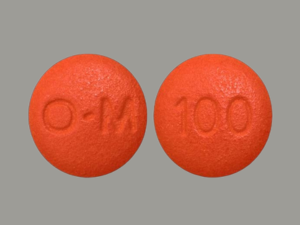 Buy Tapentadol Online
Buy Tapentadol Online -
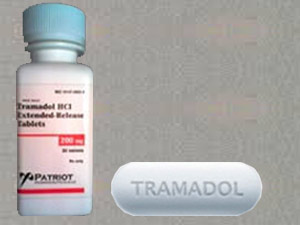 Buy Tramadol Online
Buy Tramadol Online -
 Buy Valium Online
Buy Valium Online -
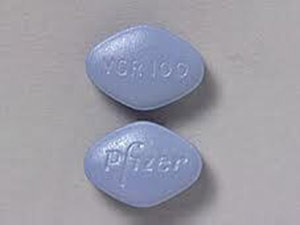 Buy Viagra Online
Buy Viagra Online -
 Buy Vicodin Online
Buy Vicodin Online -
 Buy Xanax Online
Buy Xanax Online -
 Buy Zolpidem Online
Buy Zolpidem Online

Leave a Reply